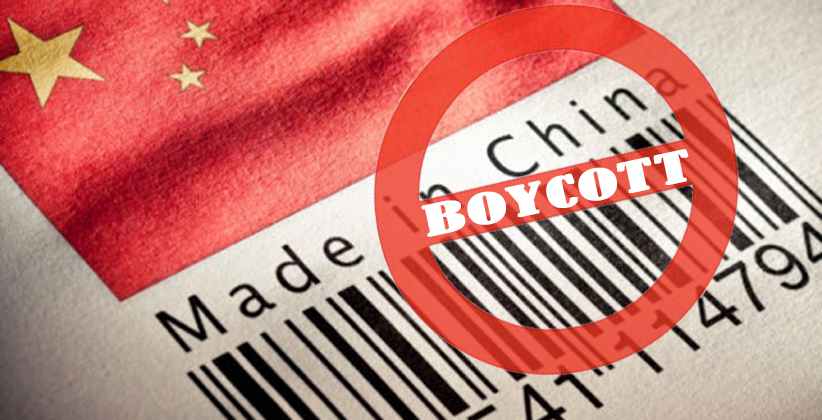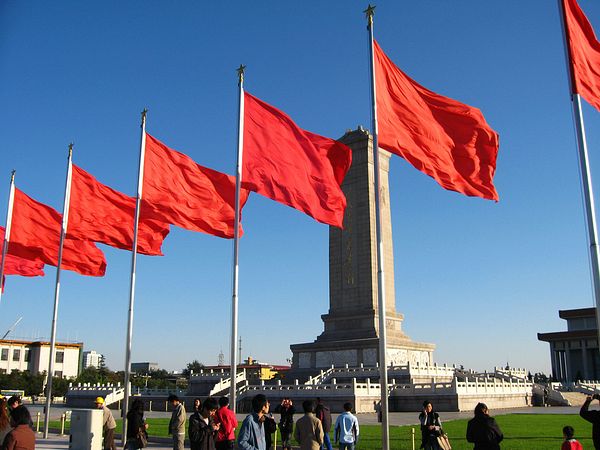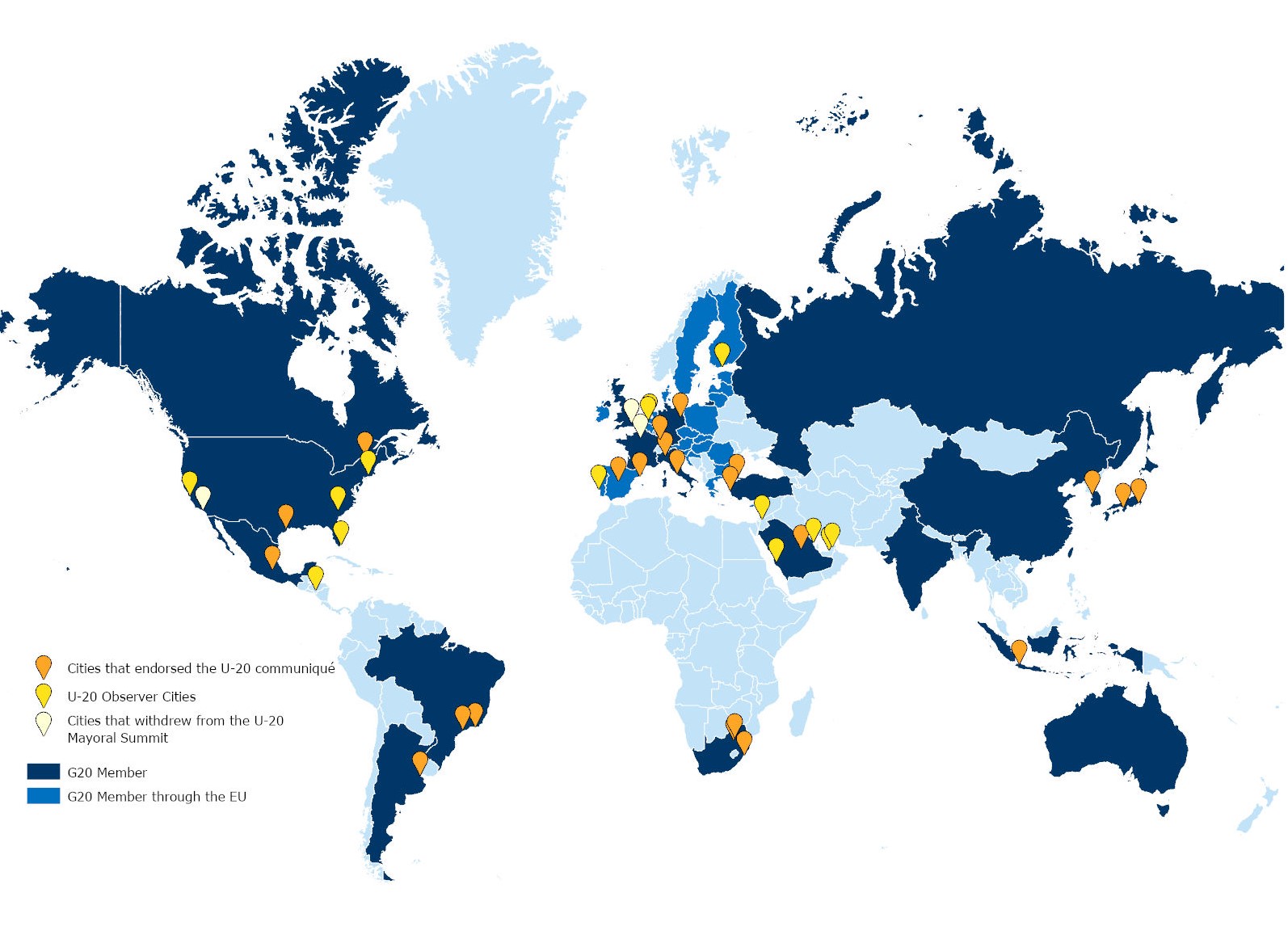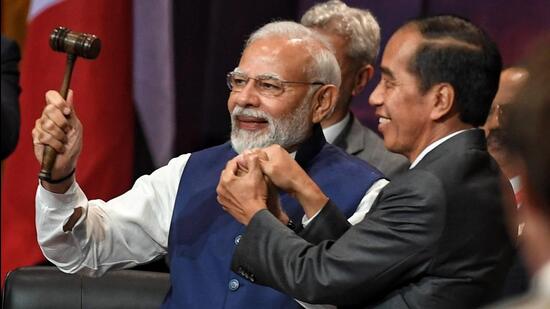
The third round of free trade negotiations between India and the European Union (EU) recently concluded. The two parties are also negotiating an investment protection agreement (IPA), which will include investment protection standards and an independent dispute resolution mechanism under international law.
Why is the EU pursuing an Investor Protection Agreement?
- India’s regulatory issues: Despite the government’s admirable desire to welcome them, foreign investors in India have frequently encountered numerous regulatory issues with the government.
- Several foreign corporations, including Vodafone, Cairn Energy, Nissan, White Industries, Telenor, Nokia, and Vedanta, have sued India to enforce their rights under bilateral investment treaties (BITs). This is the primary reason why the EU is seeking an IPA with India.
- India’s history of changing laws unilaterally: EU investors are protected by Indian law. However, Indian law can be changed unilaterally to the detriment of the investor.
- Slow legal process: The Indian judiciary is excruciatingly slow to resolve disputes. As a result, the desire for international legal protection.
Hurdles in the finalization of INDIA-EU treaty
- Non-justiciable tax regulations: India wishes to extend the scope of the treaty’s taxation provisions by making tax-related regulatory measures non-justiciable. Given India’s recent history of tax-related investment disputes with Vodafone, Cairn Energy, and Nissan, the EU finds this proposition difficult to accept.
- Two-tier court system: According to the EU’s investment proposal to India, a two-tier court-like system with an appellate mechanism and tenured judges would be established to resolve treaty disputes between investors and the state.
- The EU’s MIC proposal is linked to the EU’s international stand for the establishment of a multilateral investment court (MIC), for which negotiations are currently underway at the United Nations Commission on International Trade Law (UNCITRAL). The MIC aims to address the shortcomings of the current arbitration-based system for resolving investor-state disputes.
- Lack of clarity on India’s part: India’s stance on establishing an investment court-like system is unknown. India has not publicly contributed to the ongoing UNCITRAL negotiations to establish a MIC.
Issues of MFN and FET
- The EU wants MFN status: The EU’s investment proposal includes a most favored nation (MFN) provision to ensure that EU investors are not treated differently than other foreign investors.
- India refuses to include MFN: On the other hand, India’s position is that the MFN provision should not be included in its investment treaties due to concerns that foreign investors will use the MFN clause to engage in disruptive treaty shopping. Negotiating for a qualified MFN provision rather than excluding it entirely is the solution to such disruptive treaty shopping.
- Fair and equitable treatment: The EU investment proposal includes a fair and equitable treatment (FET) provision, which is absent from the Indian 2016 Model BIT.
- Making the state accountable: The FET provision, for example, protects foreign investors by holding states liable if they breach specific assurances made to an investor to induce investments on which the investor relied while making the investment.
IPA: the need of the hour
- Overall FDI to India has been stagnant for the past decade, hovering around 2% of GDP. While the EU’s share of foreign investment stock in India increased from €63.7 billion in 2017 to €87.3 billion in 2020, it remains significantly lower than the EU’s foreign investment stocks in China (€201.2 billion) and Brazil (€263.4 billion).
- The Negative Effects of BIT Termination: According to recent research, India’s unilateral decision to terminate BITs has had a negative impact on FDI inflows to the country.
- IPA required to attract FDI: India requires the IPA with the EU to attract FDI in order to reach the aspirational target of becoming a $10 trillion economy by 2030.
@the end
India must first clean up its own house. The Parliament’s standing committee on foreign affairs has also recommended that India review the 2016 Model BIT.
Source: https://indianexpress.com/article/opinion/columns/india-eu-free-trade-agreement-negotiations-8343807/












